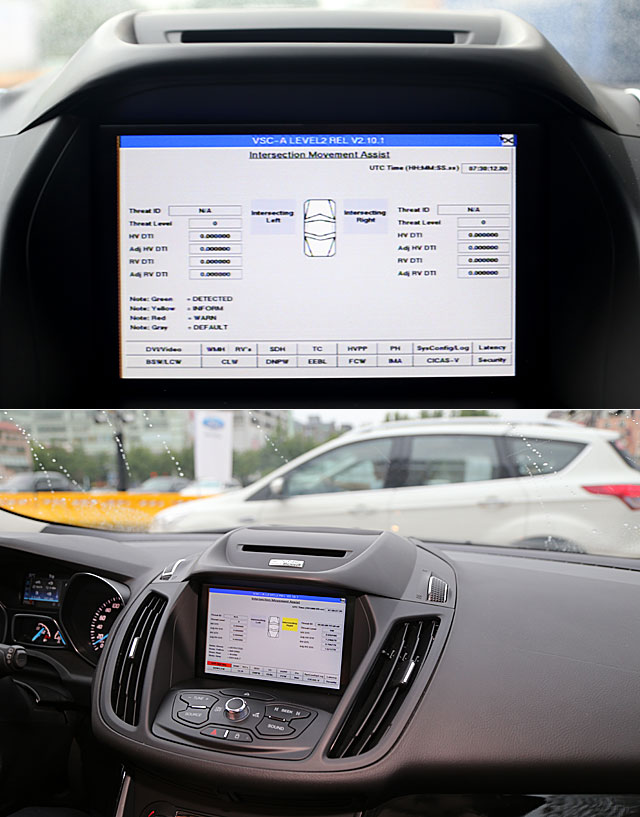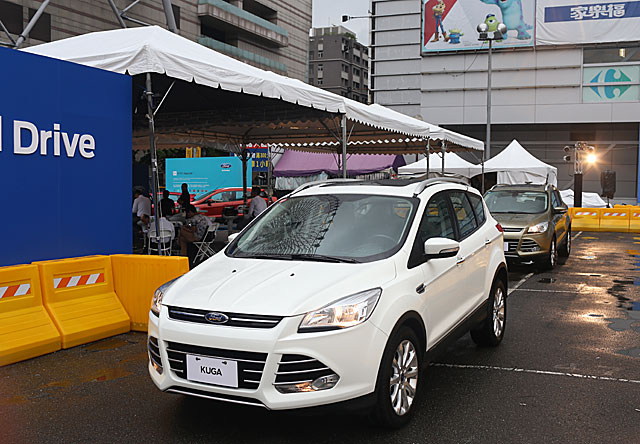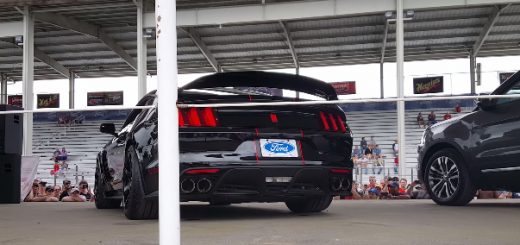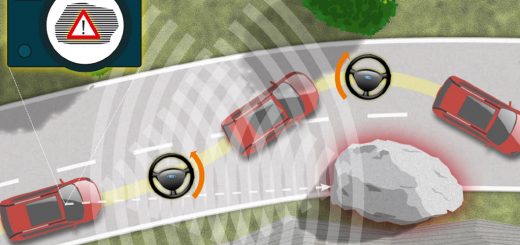You may have already heard of V2V (Vehicle-to-Vehicle) and V2I (Vehicle-to-Infrastructure) technology. Both currently-experimental technologies are being developed side-by-side with the potential to prevent collisions and possibly enable autonomous and semi-autonomous driving in the future. Ford is one of the automakers that has been demonstrating V2V tech around the world, with the latest public demos taking place during the Computex convention in Taipei in the beginning of June. Here’s how its implementation of V2V works.
At Computex, Ford outfitted two Kugas (Escapes) with the specialty tech, which uses Wi-Fi based radios to enable cars to communicate with one another. This allows the vehicles to detect and possibly alert drivers to hazards they may not be able to see yet. For instance, the technology lets cars share information about speed, position, and predicted path with other vehicles. In doing so, it can also help with decreasing the amount of collisions, easing traffic jams, and contributing to more efficient driving patterns.

Experimental V2V tech running on a Ford Kuga
Ford considers V2V and vehicle-to-infrastructure (V2I) communication “integral to its Blueprint for Mobility, which outlines near-, mid- and long-term solutions for the changing transportation landscape in an increasingly crowded and urbanized world.” The Blue Oval has been one of the more prominent automakers to investigate these cutting-edge technologies while forging major research partnerships in the United States and Europe with public authorities, standards organizations and other global automakers to develop unified standards for V2V and V2I technologies.














No Comments yet